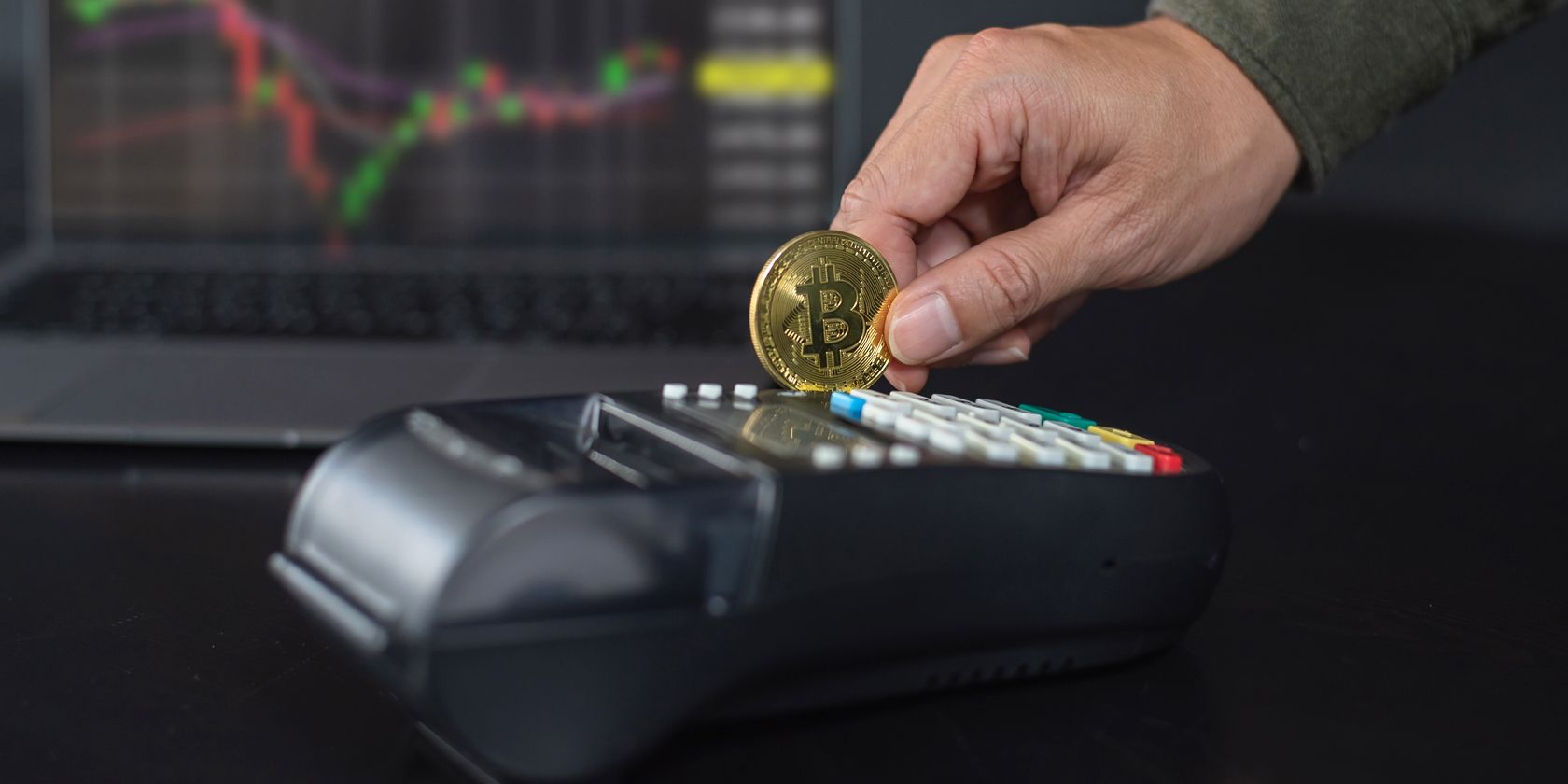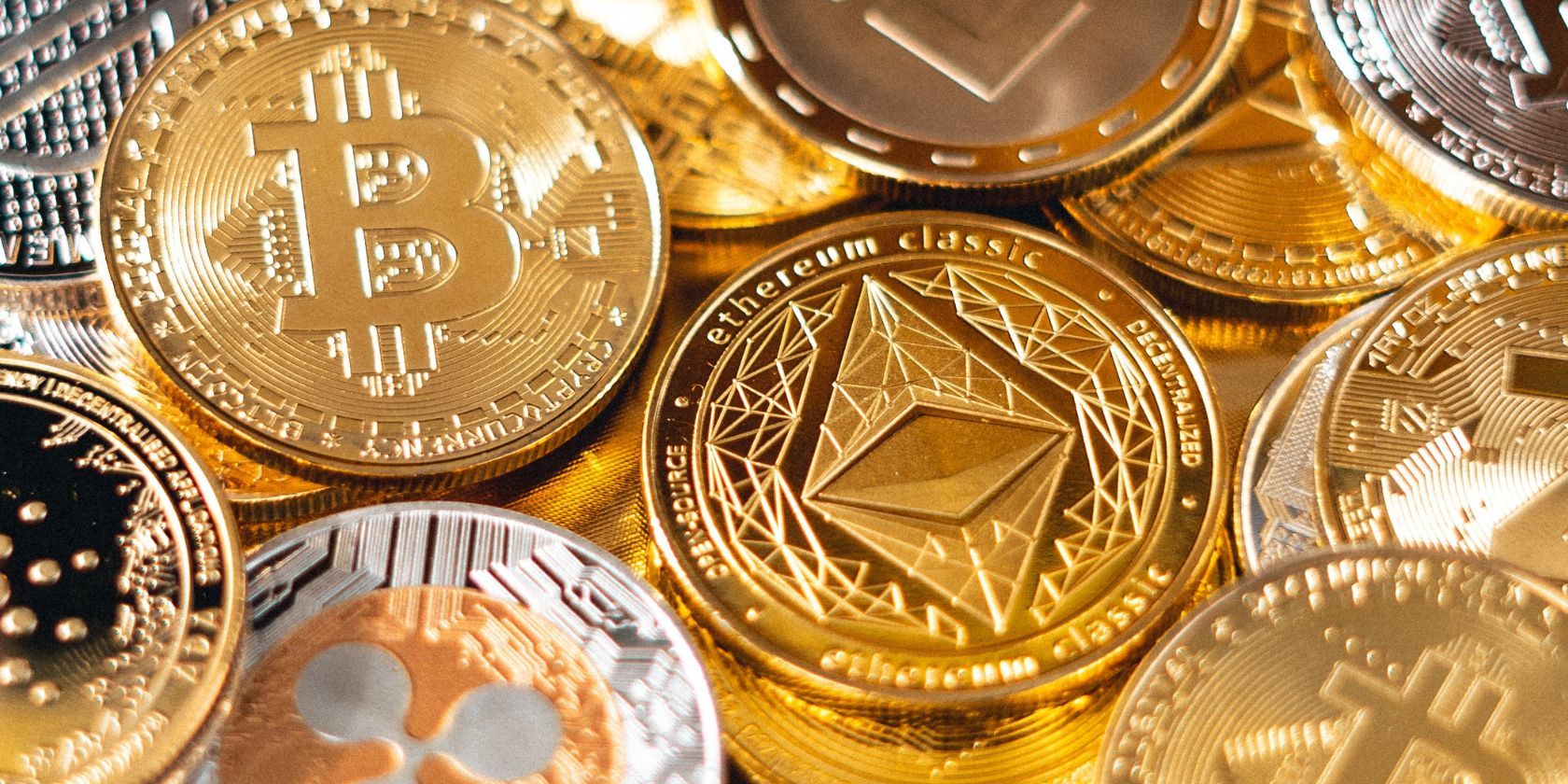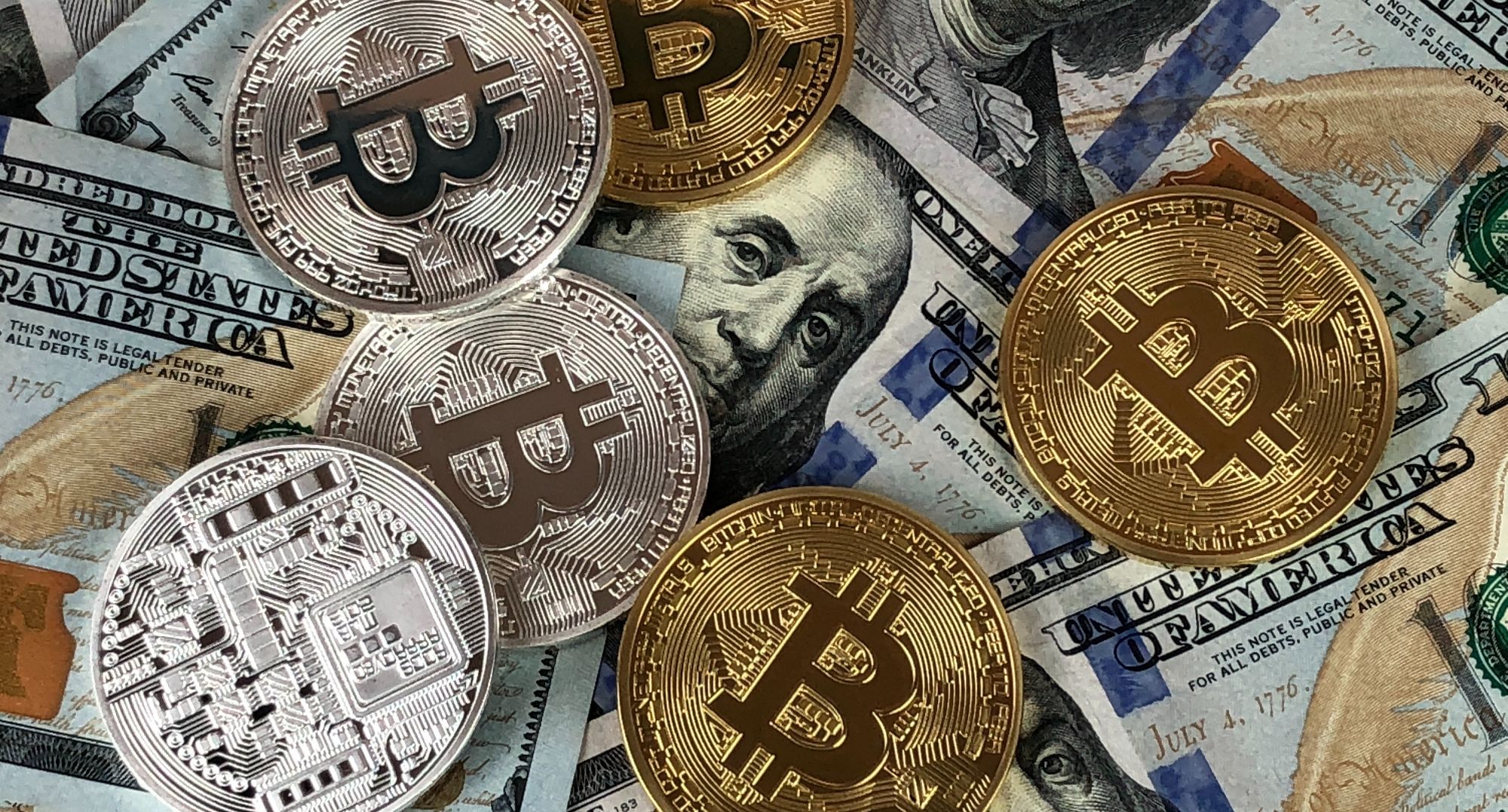Cryptocurrency and digital money are one and the same, right? Think again. Various factors differentiate these two forms of currency, and each has its own pros and cons.
So, what are cryptocurrency and digital money, and how do they differ?
What Is Cryptocurrency?
Cryptocurrency is certainly a type of virtual money, but its characteristics separate it from typical digital currency.
Cryptocurrencies are by no means new, but in terms of money, they're still finding their feet. The first cryptocurrency was launched in 2009 and is known as Bitcoin. Even if you're not big into crypto, you've likely heard of Bitcoin, as it has been the topic of various news stories and debates for some years now. Bitcoin was developed and launched by a group or individual who uses the pseudonym "Satoshi Nakamoto." To this day, no one really knows the true identity of Bitcoin's creator(s).
Every cryptocurrency out there today exists on a blockchain, which is an immutable ledger of chronological data. Each transaction conducted using a cryptocurrency is recorded on its native blockchain. Each blockchain has a long line of blocks, in which finite numbers of transactions are stored. The number of transactions stored in the block depends on the block size.
Cryptocurrencies are generally decentralized, though they can have centralized characteristics. Decentralization refers to a system that spreads data and network power across multiple connection nodes. This structure ensures that no one entity ever has majority control of the network, which bodes well for security and transparency. Centralized networks, on the other hand, have a small group of decision-makers that harbor most, if not all, of the control, which many see as problematic.
Cryptocurrencies can be traded on various platforms, most notably exchanges. Cryptocurrency exchanges can be either centralized or decentralized. Some of the biggest exchanges, such as Binance, Kraken, and Coinbase, are centralized. But there are also some popular decentralized options out there too, like Uniswap and Slingshot. You can also buy or sell crypto using wallet apps, like Exodus and Mycelium.
A key point of contention surrounding cryptocurrency is its lack of regulation. Many crypto enthusiasts believe that cryptocurrency should remain unregulated and untouched by large financial institutions. However, this lack of regulation exposes cryptocurrency to many risks, including volatile price fluctuations, scams, and fraud. If you follow the crypto market, you'll know how drastically an asset's price can plummet or shoot upwards. This can sometimes be a good thing but often leads to huge financial losses on the part of investors.
The value of cryptocurrencies can vary based on how it is collateralized. Many major cryptos, including Bitcoin, Ethereum, Dogecoin, Litecoin, and BNB, rely on a supply/demand balance to maintain value. Say, for example, the demand for Bitcoin dropped to zero. This would result in a drastic price drop, as there is no longer a market for trade.
However, a category of cryptocurrencies known as stablecoins can fend against this. Stablecoins are often backed by collateral, such as physical reserves, bonds, and stocks.
Cryptocurrency can also be pretty restrictive in terms of accessibility and utility. While you can spend your cryptocurrency at certain stores, your choice will likely be limited. What's more, most vendors that do accept cryptocurrency only take the most popular assets, such as Bitcoin, Ethereum, and Dogecoin. Cryptocurrency is also illegal in certain countries, which makes it inaccessible to many.
What Is Digital Currency?
Digital currency is more of a blanket term that can be used for various assets. While you could certainly call cryptocurrency a digital currency, not all digital currencies are cryptocurrencies.
In short, digital currency is any fungible asset that exists only online. Many kinds of traditional tender exist as digital currencies, including the British Pound, US Dollar, Japanese Yen, Indian Rupee, and Canadian Dollar. Of course, these currencies are not exclusively digital, but in this technological age, vast proportions of the economy's wealth exist online.
Consider your bank account, for example. When you use this account's payment card to pay $20 for a product, no physical money is exchanged. The $20 will likely remain virtual for a long time until it is cashed out. While there are paper dollars in existence that represent digital dollars, this physical money is not backed by any valuable asset (such as gold or silver), so the physical and virtual versions only hold subjective worth.
Because digital money is now so common, it can be used in almost every capacity. So whether you're paying for a product online or in a store, subscribing to a service, donating to a charity, or making a bank transfer, you can do so using entirely virtual tender. In fact, Rory Callaghan reports that 92%-93% of the world's currency is already in digital form, which shows how crucial digital money has become in our modern world.
Cryptocurrency vs. Digital Currency: Key Differences and Similarities
The biggest difference between digital currency and cryptocurrency is that the latter always exists on a blockchain, whereas the former does not. A digital cryptocurrency doesn't necessarily need a blockchain to function, though the technology is well-suited to virtual assets and their trade.
When it comes to inherent value, both digital currency and cryptocurrency are in the same boat, for the most part. Typical cryptos have no collateral, as is the case for digital and traditional currencies. However, cryptocurrency stablecoins are backed by valuable real-world assets, such as gold, silver, or oil. This backs the crypto's value and gives it an inherent, objective value.
In terms of accessibility and utility, digital money in the form of legal tender is by far the winner. You can use digital dollars, pounds, rupees, and other forms of currency in a myriad of ways. In contrast, cryptocurrency is currently limited in its use outside of trading, staking, and investing. For example, in most countries, you can't head to a bar and pay for your drink with crypto, but you're likely able to pull out your card or smartphone to pay in a digital tender.
So, while digital currency can be used to describe cryptocurrency, there are technical and practical differences between these terms worth keeping in mind.
Digital Currency Plays a Huge Role in Our Lives
Whether on the blockchain, in our smartphones, or on our payment cards, digital money has become an inherently crucial part of our global economy throughout the 21st century. Though opinions may vary on cryptocurrency and its future, there's no doubt that digital money, in general, is here to stay.




